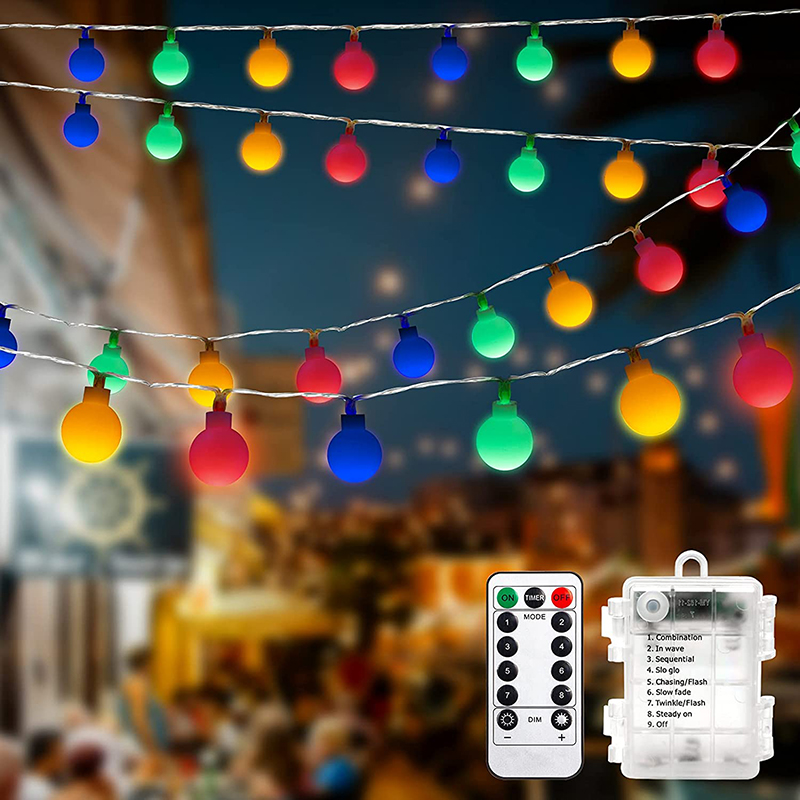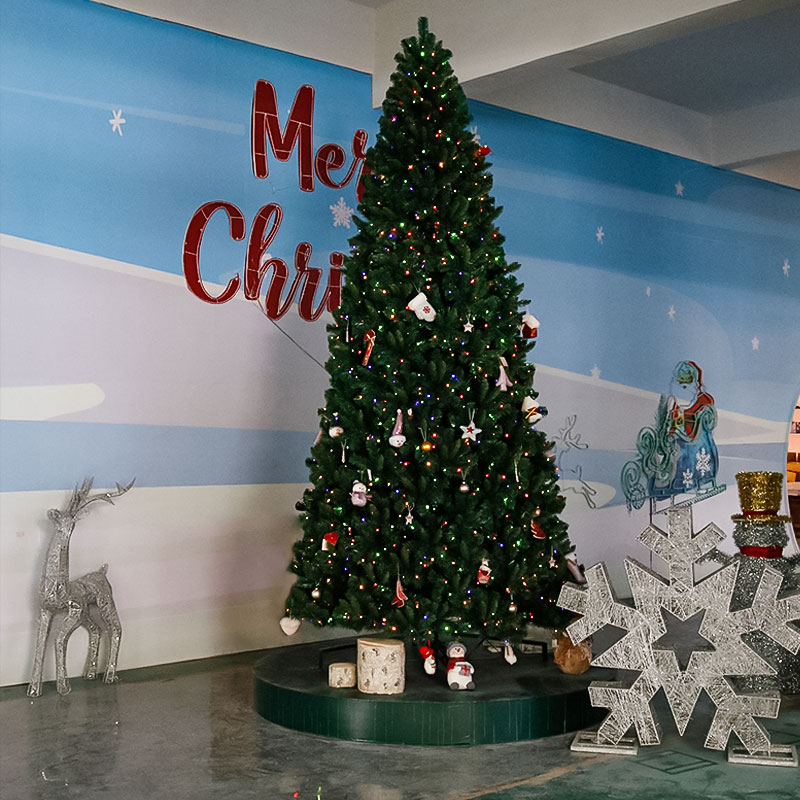The Evolution of Christmas Lighting: From Tradition to Technological Marvel

Christmas lights have transcended their humble origins as simple candles on trees to become a global phenomenon that blends artistry, technology, and cultural symbolism. Today, they
illuminate not just homes and streets but also our collective imagination, reflecting both timeless traditions and cutting-edge innovation. Here’s an exploration of how Christmas lighting
has evolved and why it continues to captivate hearts worldwide.
- Historical Roots: The Birth of a Tradition
The tradition of decorating with light during winter festivals dates back centuries, rooted in pagan rituals celebrating the solstice. The modern Christmas light, however, traces its
origins to 17th-century Germany, where candles adorned evergreen trees—a practice popularized by Martin Luther. By the late 19th century, Thomas Edison’s invention of electric bulbs
revolutionized this tradition, paving the way for safer, more elaborate displays. Early adopters like Edward Johnson (Edison’s colleague) created the first electrically lit Christmas tree
in 1882, a spectacle that foreshadowed today’s dazzling installations.
- Technological Innovation: Smart Lights and Interactive Experiences
The 21st century has ushered in a new era of smart lighting, where technology merges seamlessly with festive decor. A leading European smart lighting brand, for instance, has redefined
holiday lighting through apps that allow users to customize LED patterns via smartphone. Their flagship product—a minimalist tree topper designed with a Milan-based creative studio—
combines sleek aesthetics with IoT integration, enabling dynamic color shifts and synchronized light shows. This “smart, connected experience” reflects a shift toward personalized,
interactive decor that resonates with tech-savvy consumers.

Meanwhile, projects like the Watercress Line Christmas Train in the UK demonstrate how large-scale lighting installations push creative boundaries. Designed by a renowned lighting engineer
, this 120-meter steam train features 14,000 LEDs, transforming a heritage railway into a moving canvas of light. Such projects highlight how technology amplifies storytelling, turning
static displays into immersive experiences.
- Sustainability: The Rise of Eco-Conscious Illumination
As environmental concerns grow, the Christmas lighting industry has embraced sustainability. Cities like London now prioritize LED bulbs for public displays, reducing energy consumption by
up to 90% compared to traditional incandescent lights. For instance, a major shopping district’s 2019 marine-themed installation reused 1,500 plastic bottles and eco-friendly paints,
aligning festive cheer with conservation efforts49.
Brands are also innovating at the product level. A Shenzhen-based smart lighting manufacturer gained traction by emphasizing energy-efficient LED strips that sync with music—a hit among
eco-conscious millennials. Their viral social media campaigns, such as hashtags promoting holiday lighting hacks, showcase how sustainability and creativity can drive both engagement and
sales.
- Cultural Significance: Lights as Storytellers
Christmas lights have evolved into cultural artifacts that reflect societal values. In London’s Regent Street, the annual lighting ceremony—featuring 3D “light clusters” and historical
themes—serves as a communal celebration of heritage and modernity. Similarly, a luxury hotel in Shanghai hosts a tree-lighting event blending Western traditions with local hospitality,
complete with themed buffets and cultural performances, illustrating how globalized rituals adapt to regional contexts.
Lights also evoke nostalgia. A London-based designer’s retro installations, inspired by 1950s paper chains, tap into childhood memories of handmade decorations. By scaling these motifs
into oversized sculptures, the artist bridges generational gaps, reminding us that Christmas lights are as much about sentimentality as spectacle.
- The Future: Where Art Meets Commerce
The commercialization of Christmas lighting is undeniable. A global e-commerce platform specializing in holiday decor caters to both DIY enthusiasts and professional decorators, offering
everything from LED icicle lights to commercial-grade controllers. Their success underscores a growing demand for high-quality, versatile products that balance aesthetics with durability.
Yet, the future lies in blending commerce with community. Initiatives like collaborations with social media influencers demonstrate how platforms like YouTube and TikTok can transform
products into cultural touchstones. By leveraging user-generated content, brands create aspirational narratives—whether it’s a teenager decorating their dorm room or a family crafting a
viral-worthy light show.
Conclusion: Lighting the Way Forward
Christmas lights are more than seasonal decor; they are a lens through which we view technological progress, environmental responsibility, and cultural identity. From the flicker of a
candle to the glow of 16 million RGB LEDs, these luminous traditions remind us that even in darkness, creativity and connection can shine brightest. As we look ahead, the challenge—and
opportunity—lies in ensuring that this light continues to inspire, innovate, and illuminate sustainably.
